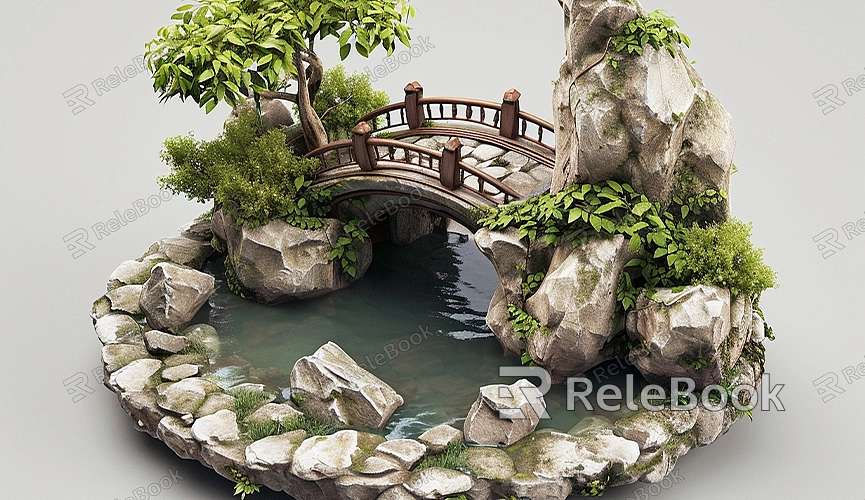How to Create a 3D Model of an Element
Creating a 3D model of an element is a fascinating and creative endeavor. Whether it's for academic research, educational purposes, or purely artistic expression, crafting a 3D model can enhance our understanding of the structure and characteristics of elements. Making a 3D model involves using 3D modeling software such as Blender, Maya, 3ds Max, etc. Here are some recommended steps for creating a 3D model of an element:

1. Research Element Properties: Before diving into 3D modeling, thoroughly research the chosen element. Understand its atomic structure, electron distribution, mass, and other characteristics. This will help you accurately represent the model.
2. Choose Modeling Tools: Select a modeling tool that suits your skill level. There are various 3D modeling software options like Blender, Maya, 3ds Max, etc. Beginners may opt for simpler and user-friendly software.
3. Gather Reference Material: Find images and information about the element to better mimic its appearance. This may include details about the element's crystal structure, atomic arrangement, and other relevant information. Ensure your model is based on accurate data.
4. Start Modeling: Utilize the chosen modeling software to begin creating your 3D model. Start with basic shapes and gradually add details to realistically portray the element's appearance. Use tools provided by the software, such as stretching, scaling, and rotating, to shape the model.
5. Texture and Materials: Add appropriate textures and materials to your element model to make it look more realistic. You can use built-in texture libraries or import custom textures.
6. Lighting and Rendering: Consider the lighting effects on the model, adjust the position and intensity of lights to showcase the element's three-dimensional aspects. When rendering, choose suitable resolutions and rendering settings.
7. Optimize and Adjust: After completing the initial model, optimize and make adjustments. Ensure the model's proportions, scale, and details align with the actual characteristics of the element.
8. Learn and Improve: Creating 3D models is a learning process. Continuously try new techniques and methods to gain experience and gradually enhance your modeling skills.
9. Share and Receive Feedback: Once finished, share your work and welcome feedback from others. This helps you identify potential improvements and engage with fellow 3D artists.
10. Stay Updated: Stay informed about new technologies and software, and continuously learn and improve. 3D modeling is an evolving field, and updating your knowledge can enhance the innovation and quality of your work.
Crafting a 3D model of an element involves various skills and requires time and practice to enhance proficiency. After getting started, you can delve deeper into advanced modeling techniques and specific software functionalities as needed. If you require high-quality 3D textures, HDRI, or downloadable 3D models, you can find them on Relebook. Simply import the textures and 3D models into your project after downloading.

